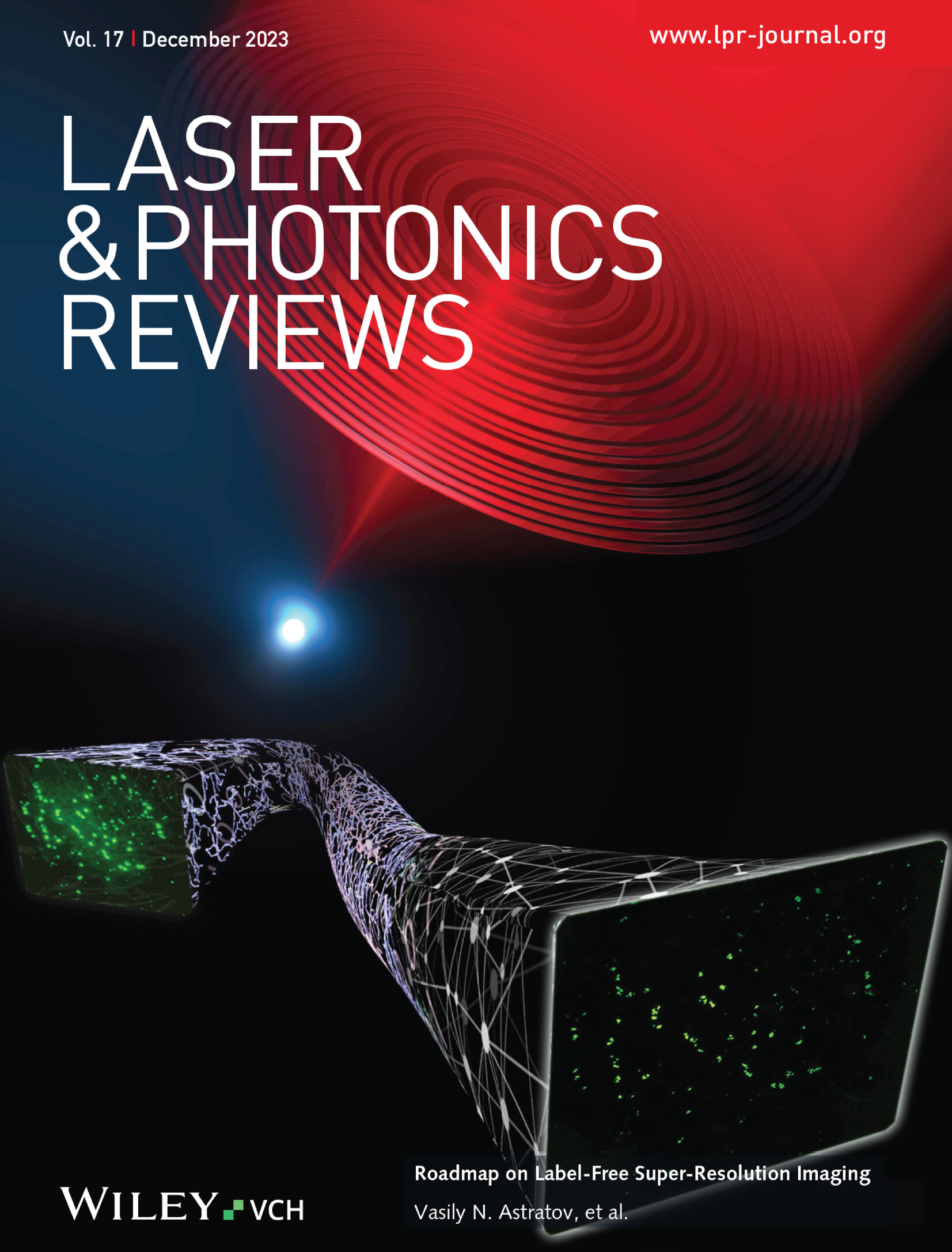High-Speed Mid-Infrared Imaging via Nonlinear Multiplexed Detection
IF 9.8
1区 物理与天体物理
Q1 OPTICS
引用次数: 0
Abstract
High-speed mid-infrared (MIR) videography constitutes an enabling tool to monitor and analyze various dynamics in scientific research and industrial applications, such as combustion diagnostics, explosion reactions, photosynthetic tracking, and thermal surveillance. However, the frame rate of conventional MIR imagers is typically limited by readout electronics and detection sensitivity, especially for large spatial formats with massive pixels. Here, a high-speed MIR upconversion imaging system based on time-multiplexed nonlinear structured pumping is devised and implemented. Specifically, the dynamic infrared scene is optically gated by a sequence of spatially periodical pump patterns in a nonlinear crystal, which facilitates both rapid temporal encryption and sensitive upconversion detection. Then, the upconverted frames are superimposed onto a silicon camera within a single exposure, thus resulting in a multiplexed snapshot in the spatial-frequency domain. Finally, the sub-exposure images, corresponding to distinct transient events, can be computationally deciphered and reconstructed by the frequency recognition algorithm based on band-pass filtering and Fourier transform operations. The achieved frame rate is tenfold boosted to 10 000 frames per second without compromising the megapixel spatial format, which allows continuous real-time MIR videography at high speed and high definition. The presented approach can be readily extended to far-infrared or terahertz spectral regions, with an aim of performing high-throughput and high-sensitivity observation of transient phenomena with high temporal complexity.

基于非线性多路检测的高速中红外成像
高速中红外(MIR)摄像技术是监测和分析科学研究和工业应用中各种动态的有力工具,如燃烧诊断、爆炸反应、光合作用跟踪和热监测。然而,传统MIR成像仪的帧率通常受到读出电子器件和检测灵敏度的限制,特别是对于具有大量像素的大空间格式。本文设计并实现了一种基于时复用非线性结构泵浦的高速MIR上转换成像系统。具体来说,动态红外场景由非线性晶体中的一系列空间周期性泵浦模式进行光学选通,从而促进了快速的时间加密和灵敏的上转换检测。然后,将上转换帧在单次曝光内叠加到硅相机上,从而在空频域中产生多路复用快照。最后,利用基于带通滤波和傅里叶变换的频率识别算法对不同瞬态事件对应的子曝光图像进行计算解码和重构。在不影响百万像素空间格式的情况下,实现的帧率提高了10倍,达到每秒10,000帧,从而允许高速和高清晰度的连续实时MIR视频拍摄。该方法可以很容易地扩展到远红外或太赫兹光谱区域,目的是对高时间复杂度的瞬态现象进行高通量和高灵敏度的观测。
本文章由计算机程序翻译,如有差异,请以英文原文为准。
求助全文
约1分钟内获得全文
求助全文
来源期刊
CiteScore
14.20
自引率
5.50%
发文量
314
审稿时长
2 months
期刊介绍:
Laser & Photonics Reviews is a reputable journal that publishes high-quality Reviews, original Research Articles, and Perspectives in the field of photonics and optics. It covers both theoretical and experimental aspects, including recent groundbreaking research, specific advancements, and innovative applications.
As evidence of its impact and recognition, Laser & Photonics Reviews boasts a remarkable 2022 Impact Factor of 11.0, according to the Journal Citation Reports from Clarivate Analytics (2023). Moreover, it holds impressive rankings in the InCites Journal Citation Reports: in 2021, it was ranked 6th out of 101 in the field of Optics, 15th out of 161 in Applied Physics, and 12th out of 69 in Condensed Matter Physics.
The journal uses the ISSN numbers 1863-8880 for print and 1863-8899 for online publications.

 求助内容:
求助内容: 应助结果提醒方式:
应助结果提醒方式:


